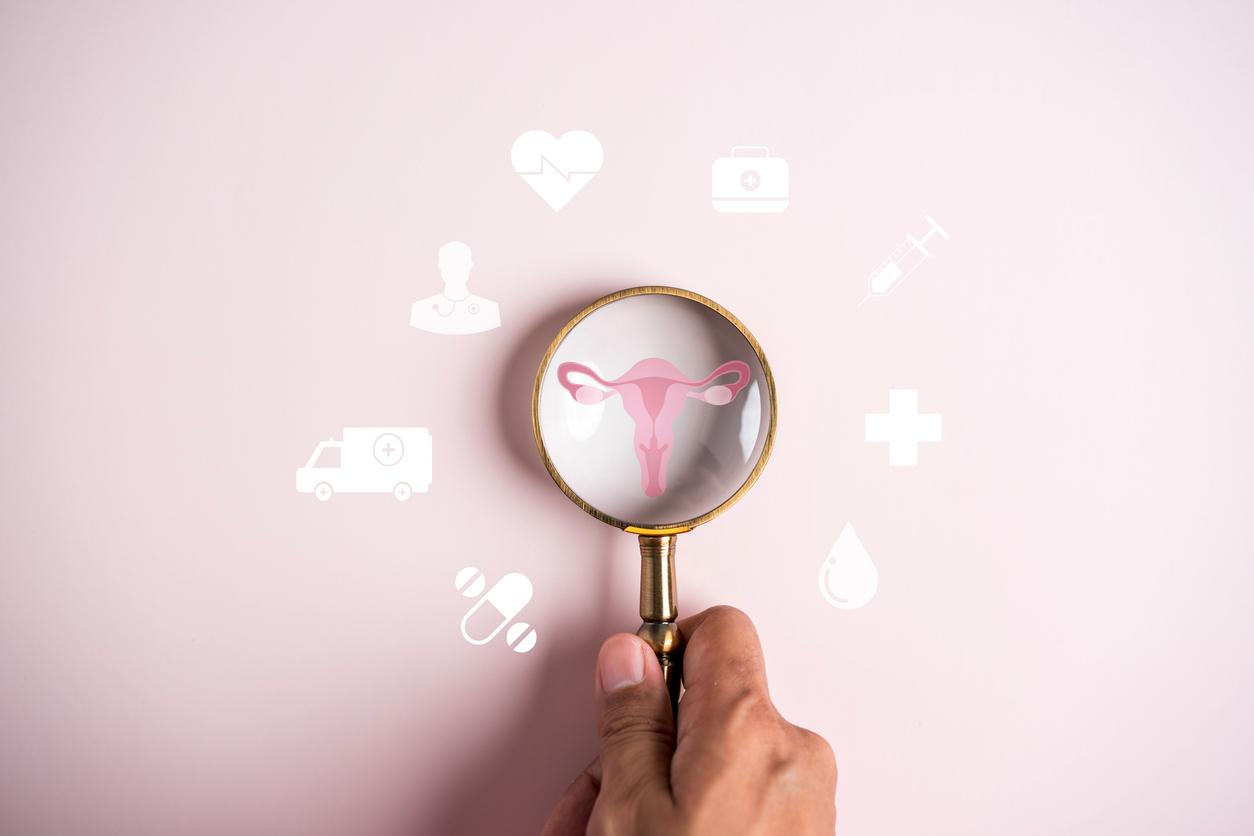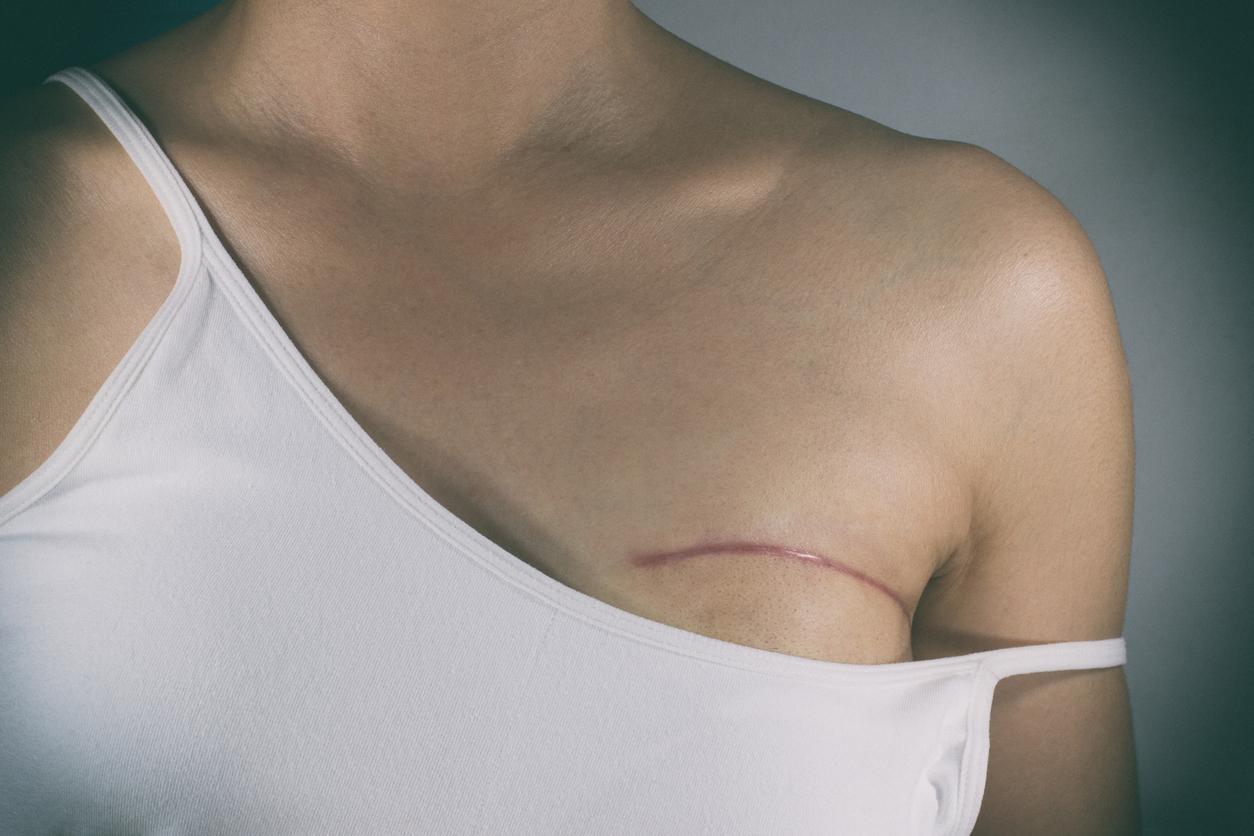2 million mothers had their children under the age of 15. This alarming conclusion is echoed by the United Nations Population Fund’s State of the World’s 2013 report. If the organization has focused on this subject, it is because the phenomenon of “mothers and children” continues to increase.
Mothers-teenagers are mainly found in Africa. In Niger alone, one in two women became a mother while still a teenager. In Central Africa, 28% of women aged 20 to 24 have become adolescent mothers.
Even more worrying, the UN estimates that in sub-Saharan Africa, the number of mothers and children under the age of 15 could increase from 2 million today to more than 3 million in 2030 if nothing is done in terms of prevention and awareness raising among populations.
This situation poses a problem for young women but also more broadly for the development of countries.
For women first, because these pregnancies, resulting from a forced union or a lack of access to education, employment and care, have consequences on health: risk of death or pregnancy-related illness or childbirth. “Girls under the age of 14 are at twice the risk of maternal death and obstetric fistula as older women. And in 9 out of 10 cases, children born to underage mothers are from” forced marriages. ” the press release.
Stop child marriage
For countries, mothers and children constitute an indirect brake on development. These young women who become mothers deprive the country of additional labor necessary for the country’s economy.
To solve this problem, the UN advocates for a change not in the behavior of these young girls but in society in general. This requires increased schooling, the end of child marriage and better access for adolescent girls to sexual health services.
















